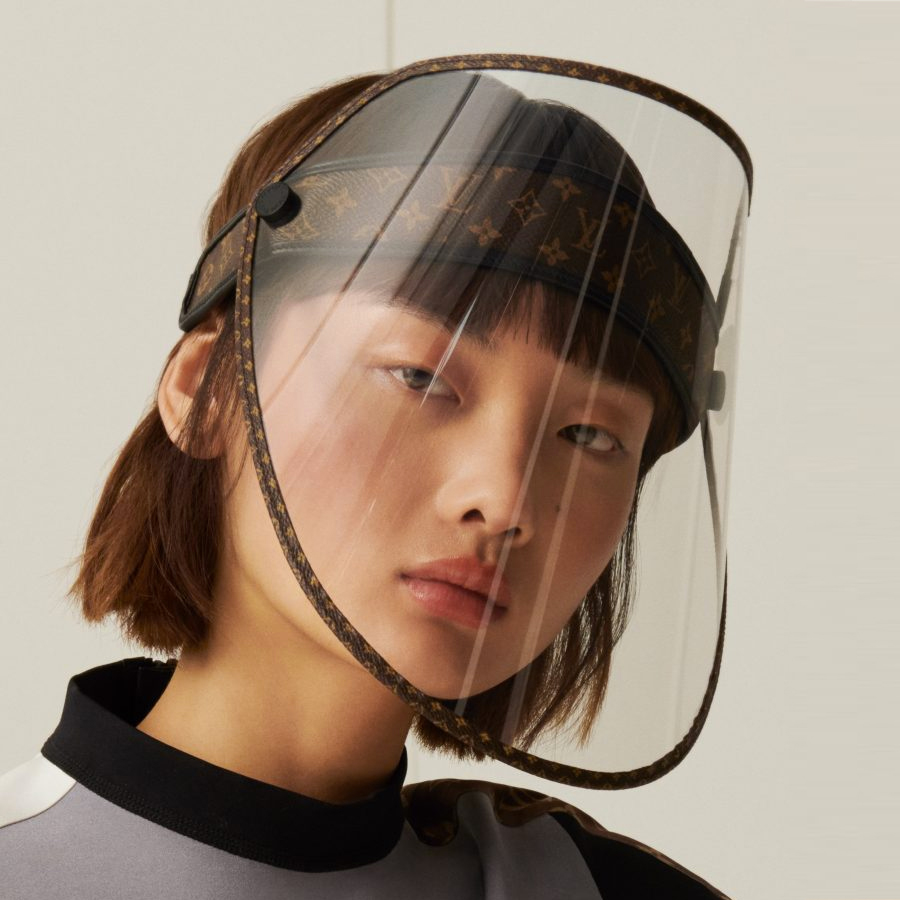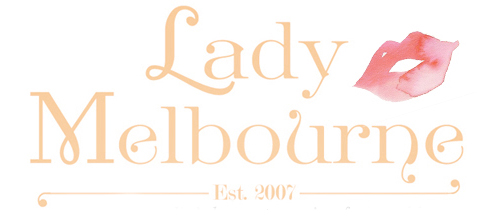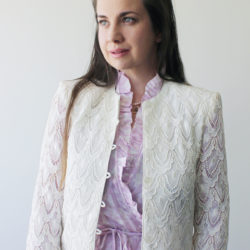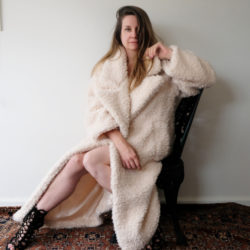2020 has done a number on every facet of human life, including everything to do with the fashion industry. While it pales in comparison to much of the fallout, this multi-trillion dollar may never ever fully recover financially from the last twelve months.
But with great loss comes a unique opportunity to rebuild in a different direction. Here are a few ways 2020 might reshape the future of fashion.
The year of the mask.
We understand now, better than any point in history, how important masks can be in protecting us: our breathing when air quality is decimated during fire season, stopping the spread of disease – COVID or otherwise. In some parts of the world masks have even become mandatory in public and – with necessity being the mother of invention – people have found all manner of creative ways of wearing them.
Are masks here to stay? Are they to become part of our relationship with fashion forever more? From one-off couture creations, to sensible high-street brands like Witchery, the abundance of brands pivoting to extend their lines into masks is a 2020 version of business as usual.
“We started Clear Collective in 2019 because we needed pollution filtering masks that did the job but didn’t look like a surgical mask,” the founders of this Australian brand based in the Blue Mountains explain. Featured everywhere from Elle to GQ, Clear Collective are on a mission to make sure everyone has access to fashionable, reusable masks.
But not everyone sees, or even wants, masks to be a permanent change to their brands. “We have introduced masks while they are mandatory to wear, but will not make them a permanent feature of our collections because I wouldn’t like people to wear them forever,’ says Jason Grech, a Melbourne based couturier specialising in bespoke bridal and red carpet gowns.
“I’ve had to pivot my business and now offer homewares and introduced JASONGRECH pet – a collection of pet accessories,” he says, which is more in keeping with his clientele.

Chained by supply
Being able to manufacture locally has meant an easy pivot for Grech’s business during the unprecedented times of 2020. However China’s dominant role as the ‘world’s factory,’ means that any major disruption puts global supply chains at risk.
A recent report shows that more than 200 of the Fortune Global 500 firms have a presence in Wuhan, the highly industrialized province where the COVID19 outbreak originated, and which has been hardest hit.
Supply chains for the fashion industry faced major disruptions, with the reverberation of cancelled events hitting hard. It’s been a quiet one to say the least, a time however for designers and consumers alike to step back and reflect on the insanely fast paced nature of the industry.
And what a pace it is, with recent reports of Chinese fast fashion giant Shein being able to get designs ready for shipment in three days, beating out Zara’s owner Inditex at three weeks. We have compressed the cycle so much that a trend which might emerge on say Tiktok or Instagram can be realised from design to shipment in days, not weeks.
“I would say they are widely recognised as having the worst record when it comes to treatment of workers, and that they are not getting ‘designs’ ready for shipment, they are churning out replicas as cheaply as they can. If it seems too good to be true, it’s actually too bad to imagine,’ Melbourne based couturier Julie Goodwin says of Shein.
“What I see locally and abroad is a move to smaller collections, produced less often, and even a rising trend of made to order which is just what the doctor ordered when it comes to fashion’s – and the world’s – recovery. People are thinking more about who they give their hard earned money to, and are happy to wait for something special – the anticipation is all part of it. This is what I hope fashion will continue to look like post Covid,” says Julie.

Sustainability: not just jargon
In 1987, the United Nations Brundtland Commission defined ‘sustainability’ as “meeting the needs of the present without compromising the ability of future generations to meet their own needs.”
It’s a term we hear a lot, with Advertising Age naming it the one of the “jargoniest jargon” words of 2010. The good news is that here in Australia there’s a swathe of options for consumers wanting more than a quick fashion fix that might come at a huge environmental cost.
Getting sustainability right pays dividends as consumers, led by millennials and Gen Z, are demanding it: online searches for “sustainable fashion” tripled between 2016 and 2020, with the industry set to be worth $8.25 billion in 2023.
Ethical Clothing Australia (ECA) is a great place to start if you’re new to understanding what an ethical, or sustainable fashion item might be. Their website lists everything from household names like Carla Zampatti through to emerging designers, all of whom have met the stringent ECA standards to become accredited.
If 2020 has shown the fashion world one thing, it’s that being able to pivot your business and show consumers a sustainable and ethical practice will reap dividends. Let’s hope that change isn’t the jargoniest jargon we’ve ever heard.
This article first appeared on news.com.au and is reproduced with permission here.


